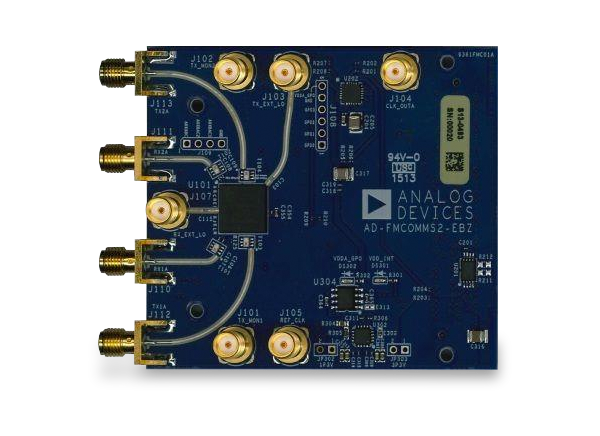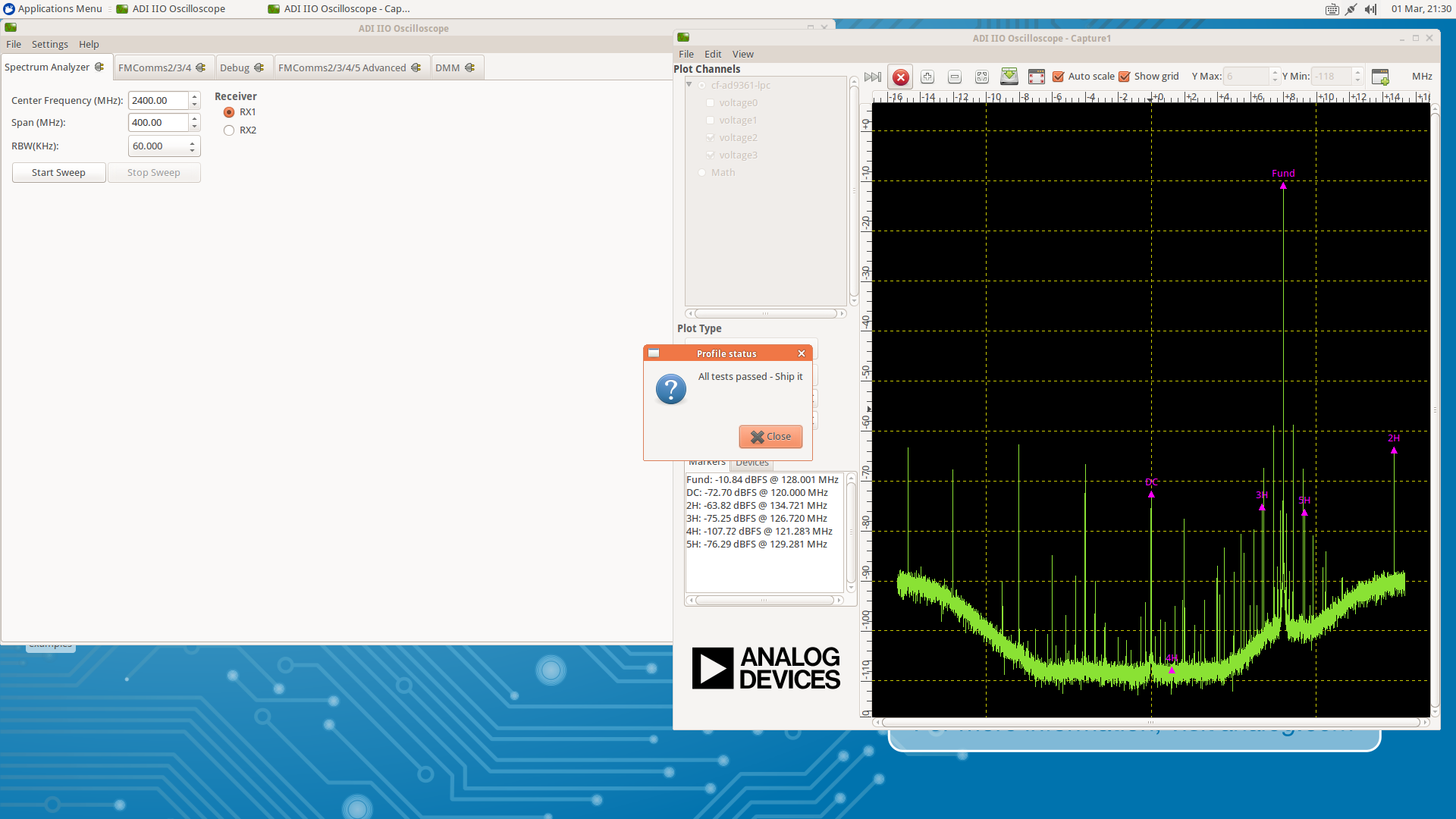

Loss of the information in these cookies may make our services less functional, but would not prevent the website from working.

This enables us to personalize our content for you, greet you by name and remember your preferences (for example, your choice of language or region). Functionality Cookies: These cookies are used to recognize you when you return to our website. This helps us to improve the way the website works, for example, by ensuring that users are easily finding what they are looking for. Analytics/Performance Cookies: These cookies allow us to carry out web analytics or other forms of audience measuring such as recognizing and counting the number of visitors and seeing how visitors move around our website. They either serve the sole purpose of carrying out network transmissions or are strictly necessary to provide an online service explicitly requested by you. The cookies we use can be categorized as follows: Strictly Necessary Cookies: These are cookies that are required for the operation of or specific functionality offered. For performance-oriented platforms – please refer to the AD-FMCOMMS2-EBZ. The objective being for designers to see waveforms, but not being concerned about the last 1dB or 1% EVM of performance. This board is primarily intended for system investigation and bringing up various waveforms from a software team before custom hardware is complete. Typical performance data for the entire range (70 MHz – 6 GHz) which is supported by the platform is published within the board documentation. It does meet the datasheet specifications at 2.4 GHz, but does not over the entire RF tuning range that the board supports. RF performance expectations of this board must be tempered with the very wide band front end. The AD-FMCOMMS3-EBZ provides software developers and system architect who want a single platform to operate over a wider tuning range than the AD-FMCOMMS2-EBZ. The chip supports channel bandwidths from less than 200 kHz to 56 MHz by changing sample rate, digital filters, and decimation, which are all programmable within the AD9361 itself. The AD9361 chip operates in the 70 MHz to 6 GHz range, covering most licensed and unlicensed bands. The device combines an RF front end with a flexible mixed-signal baseband section and integrated frequency synthesizers, simplifying design-in by providing a configurable digital interface to a processor or FPGA. Its programmability and wideband capability make it ideal for a broad range of transceiver applications. The AD-FMCOMMS3-EBZ is a high-speed analog module designed to showcase the AD9361, a high performance, highly integrated RF transceiver intended for use in RF applications, such as 3G and 4G base station and test equipment applications, and software defined radios.


 0 kommentar(er)
0 kommentar(er)
